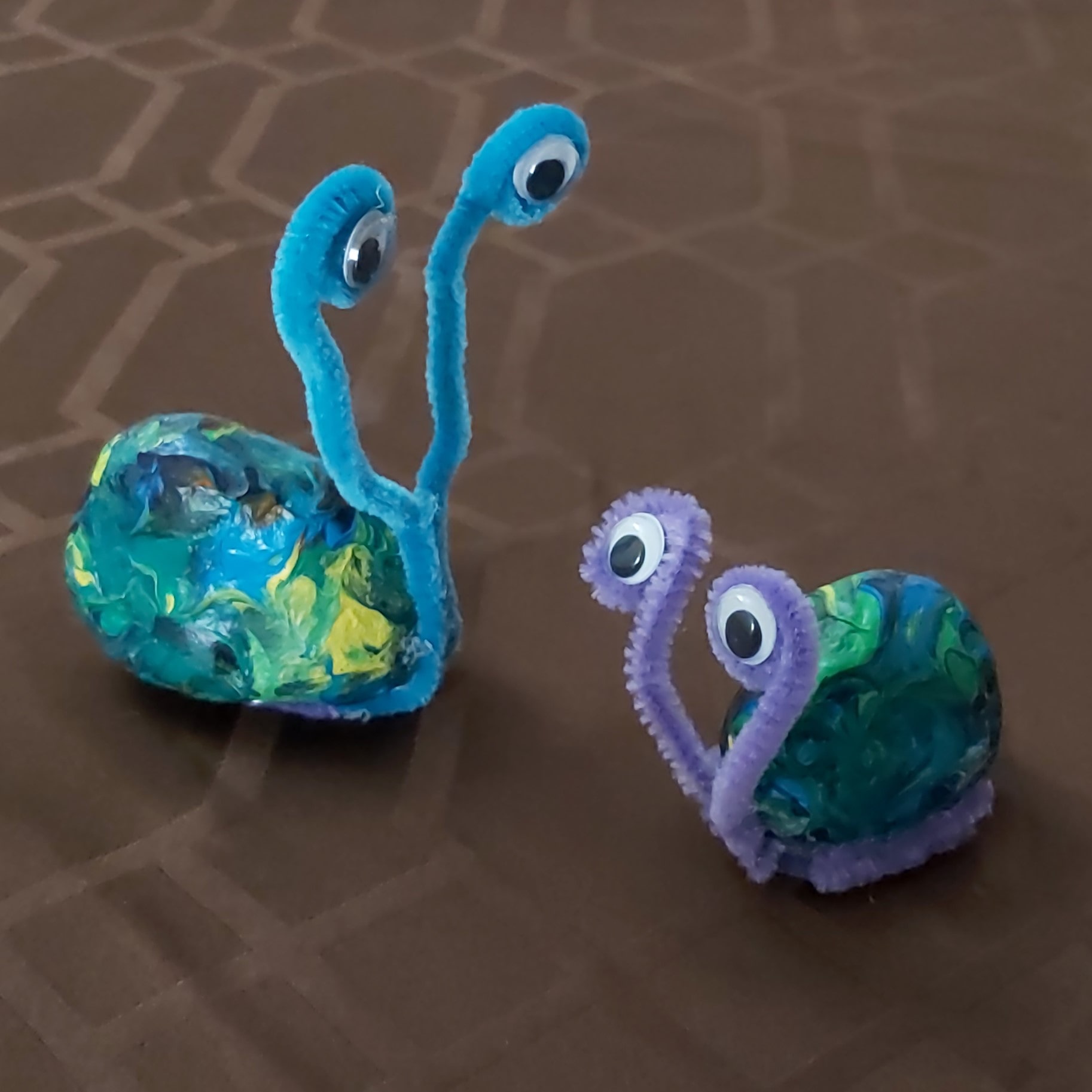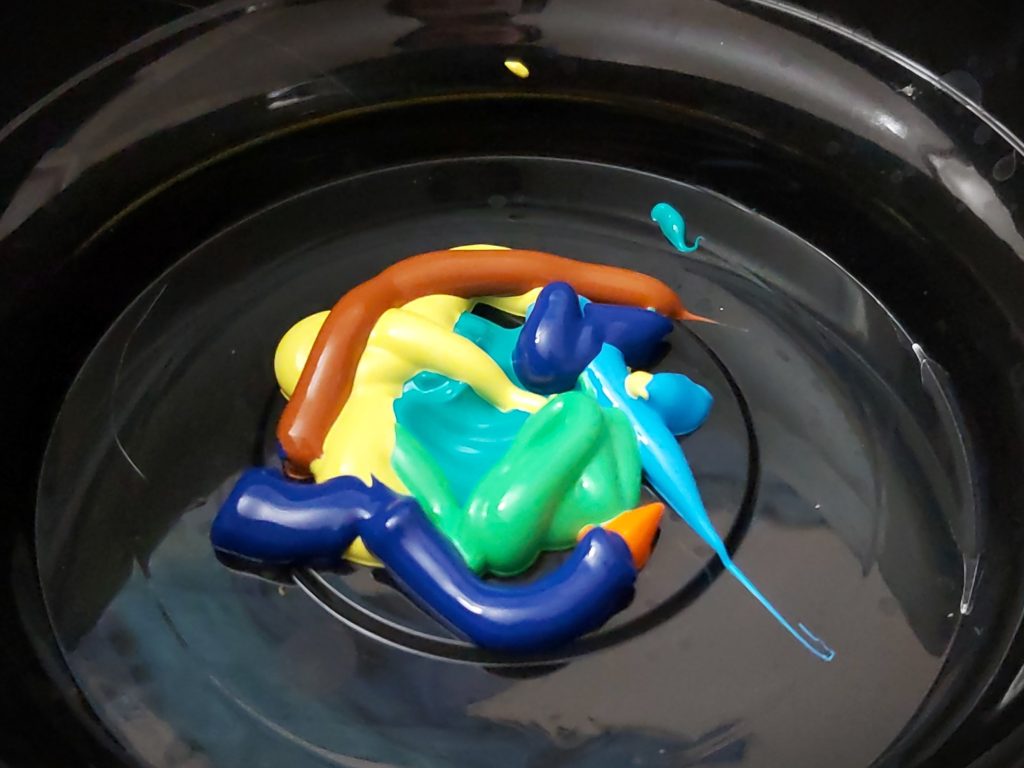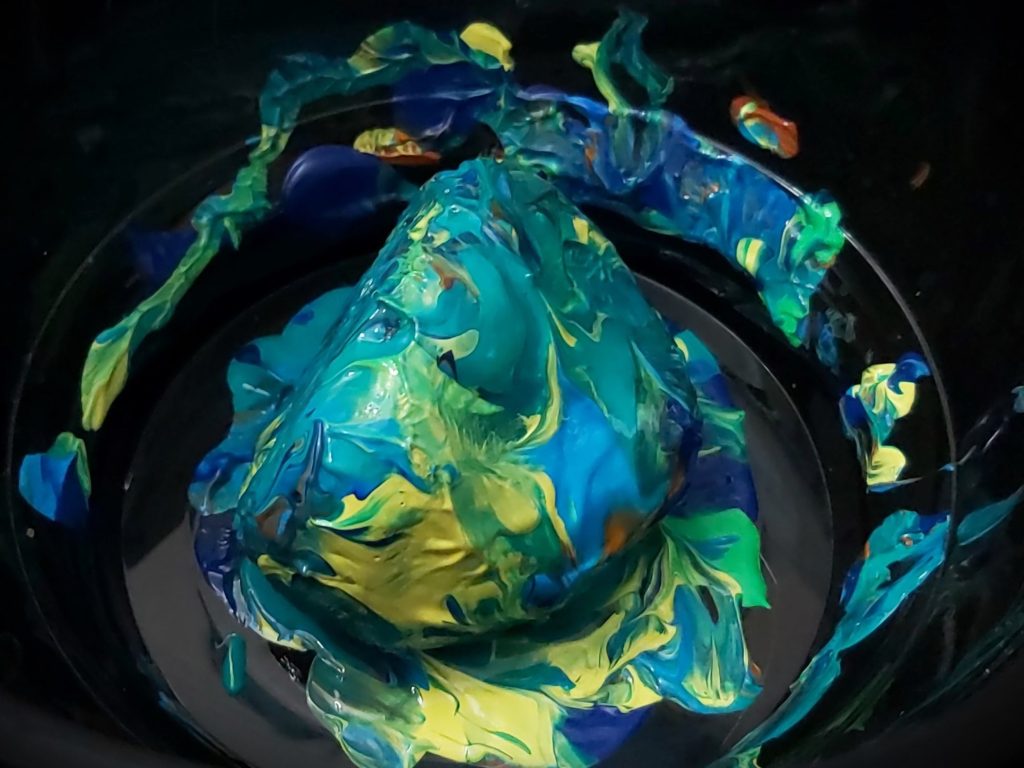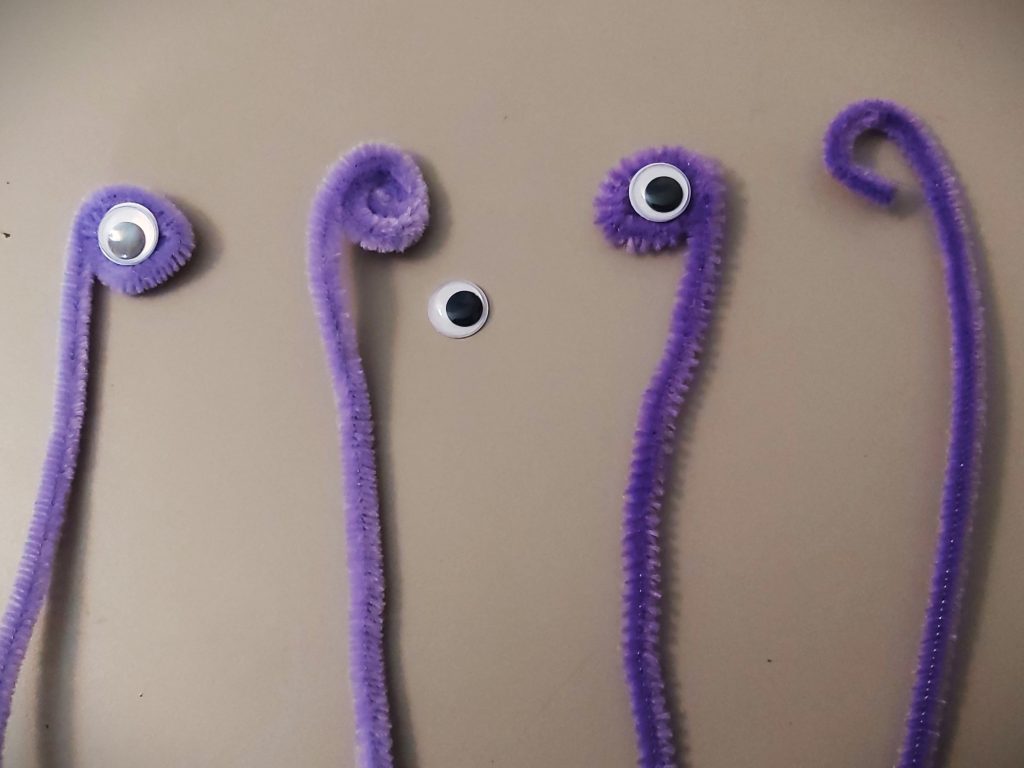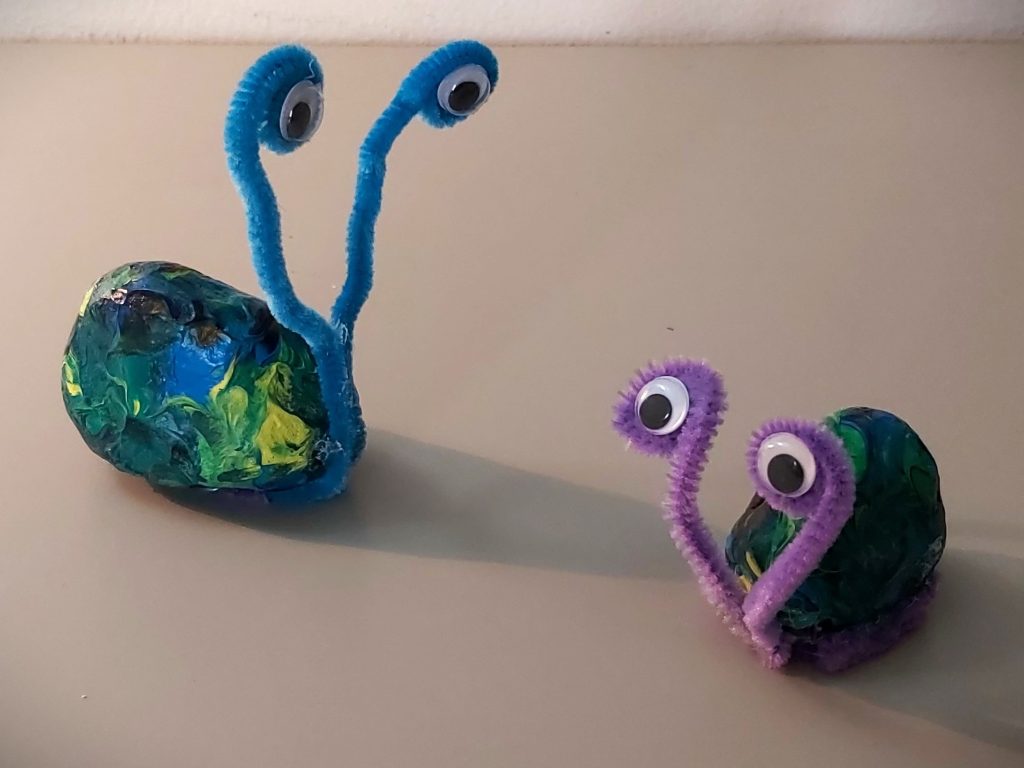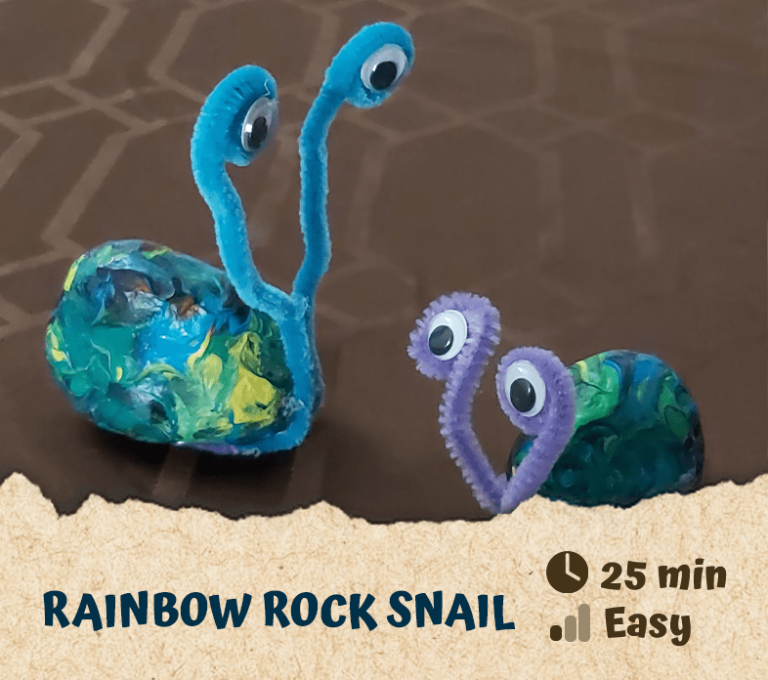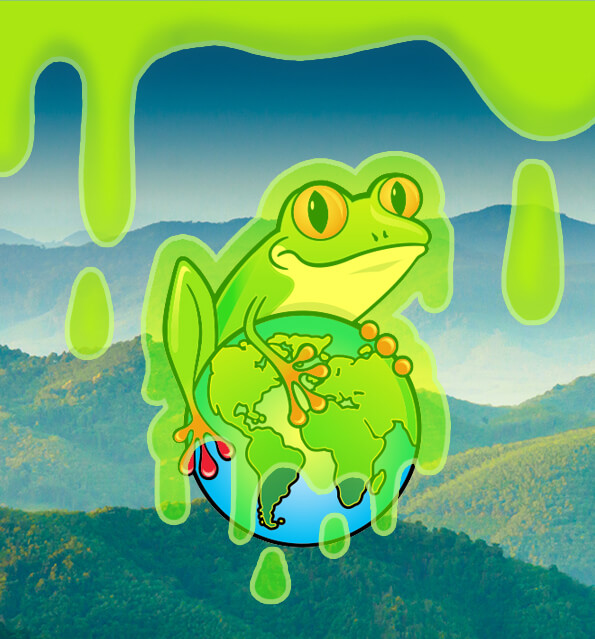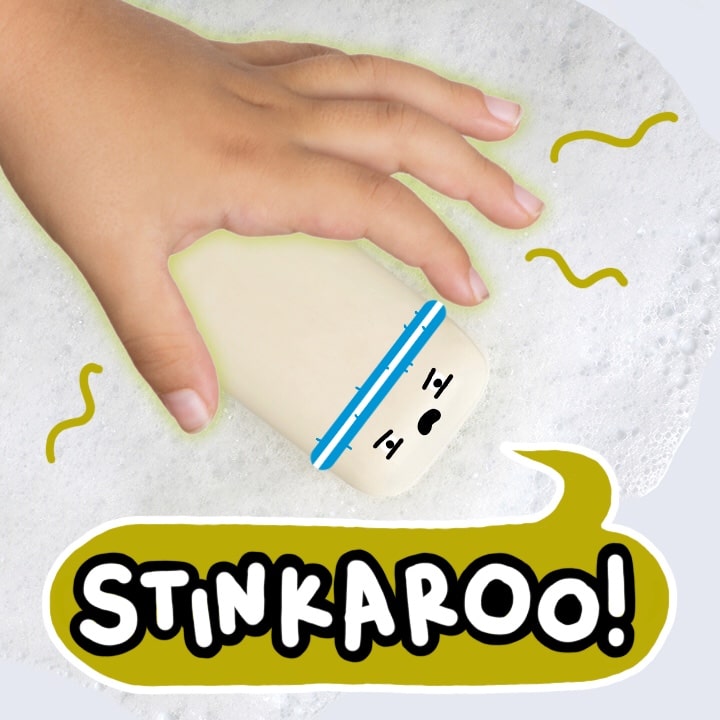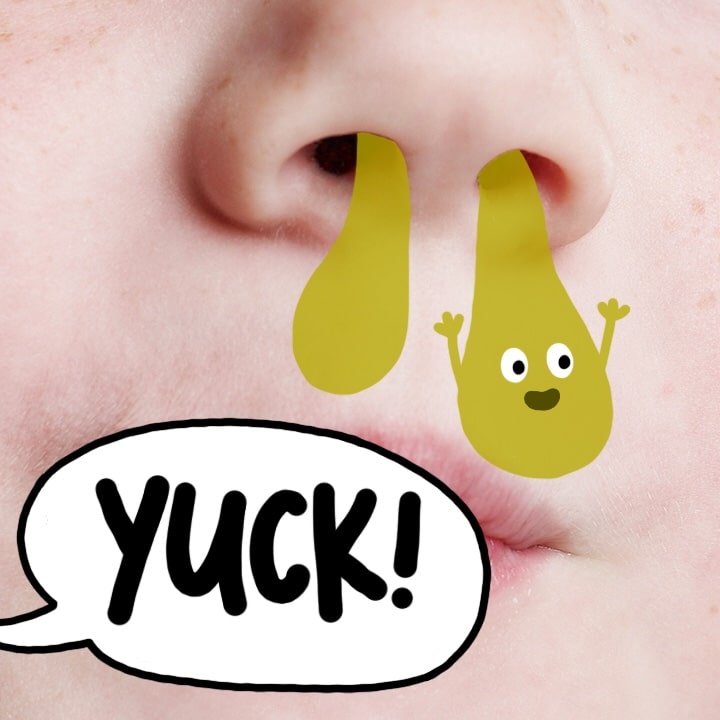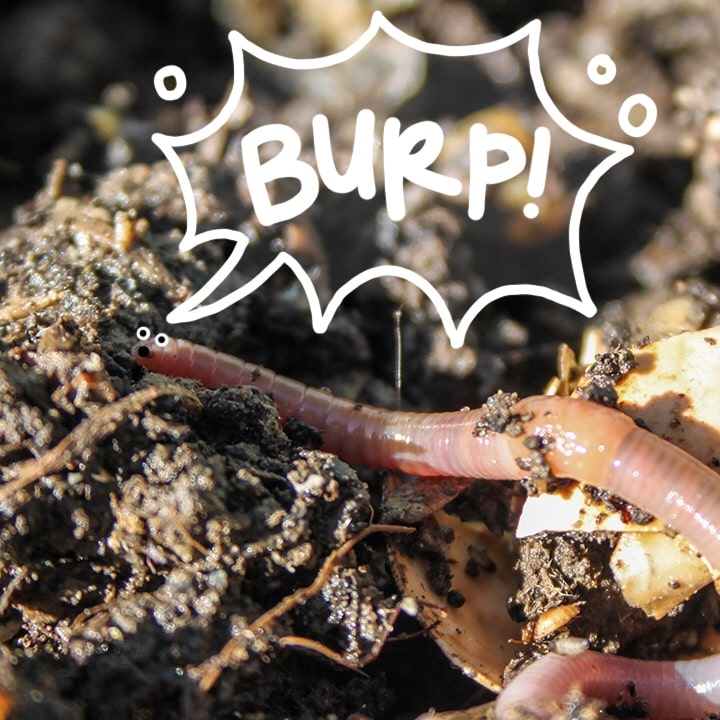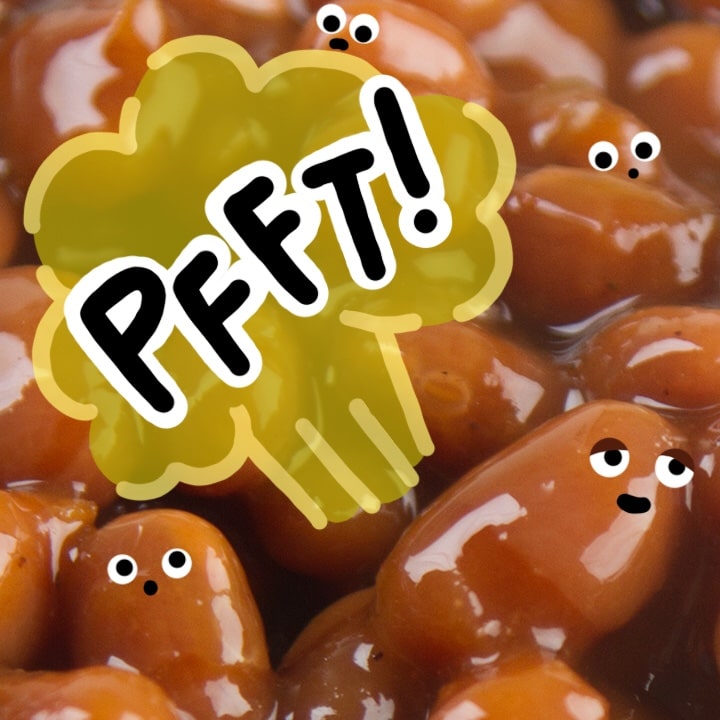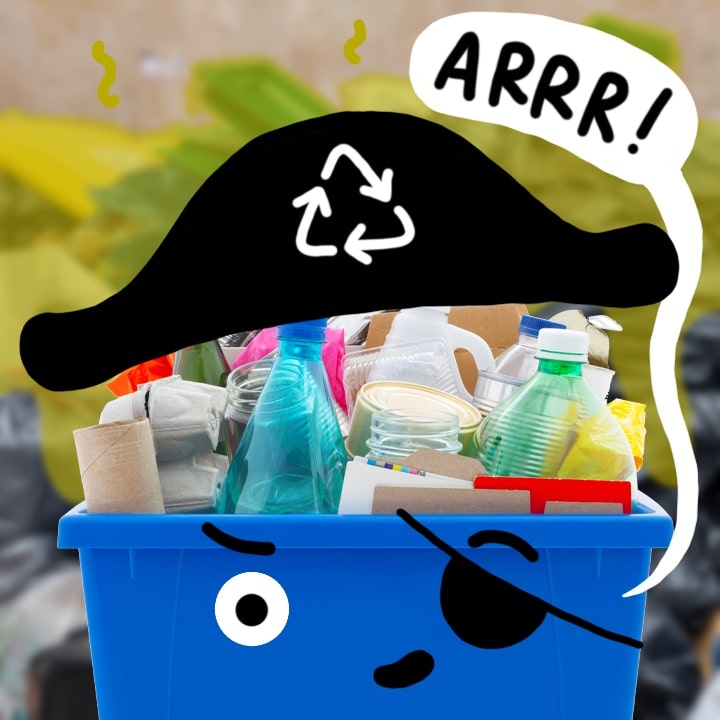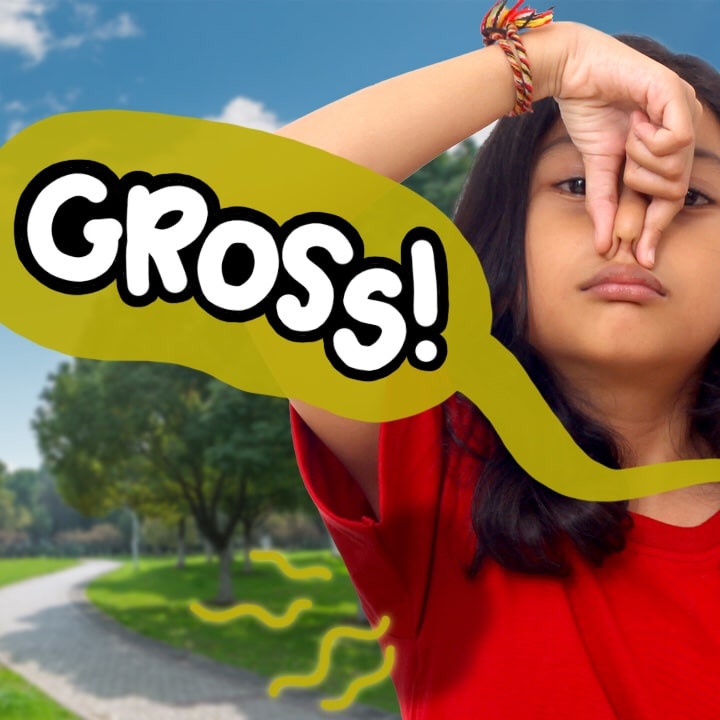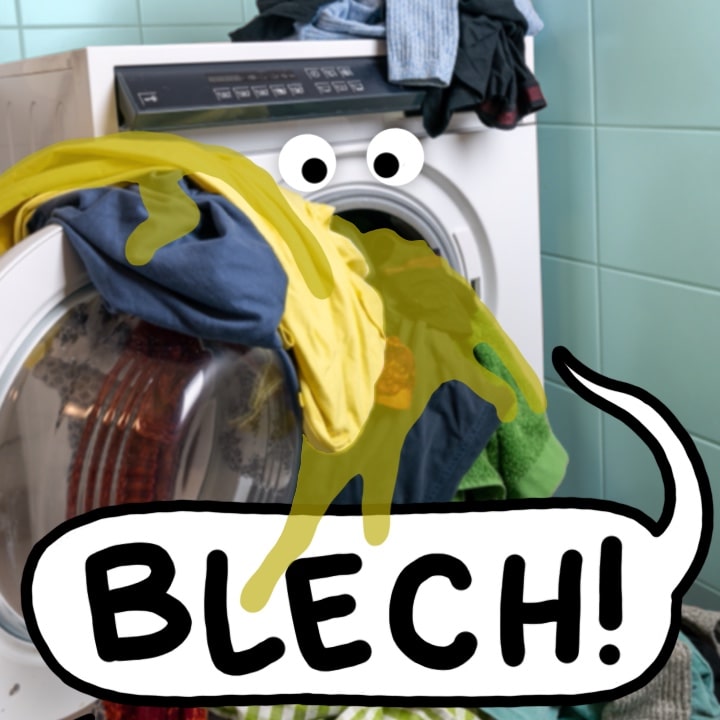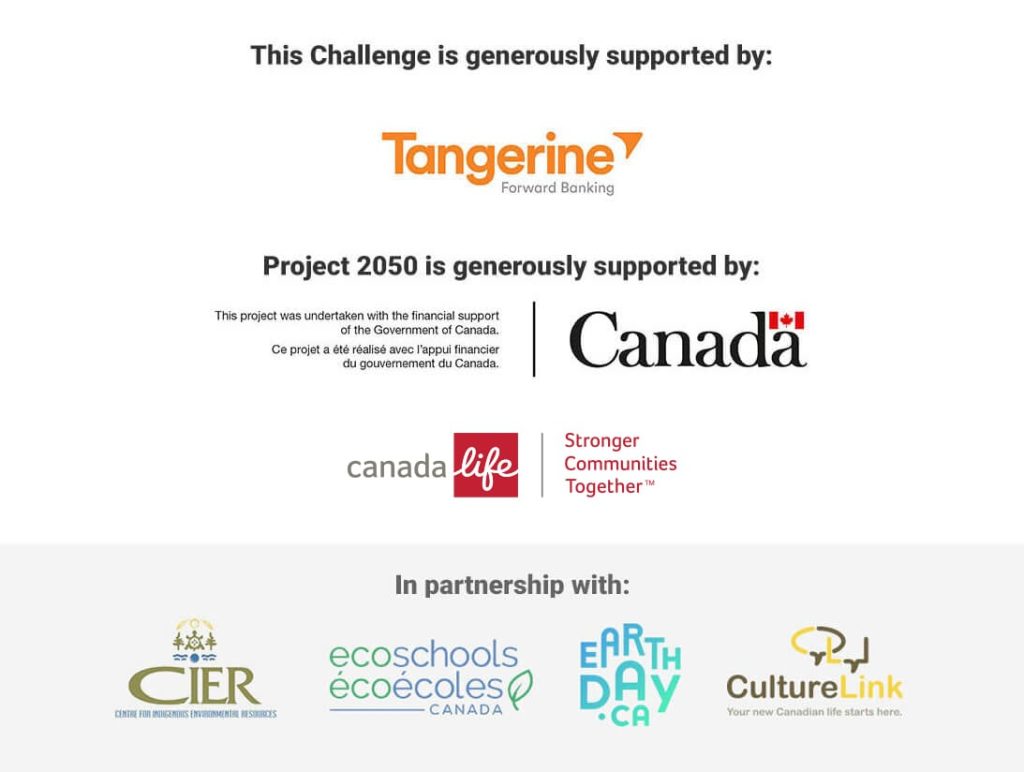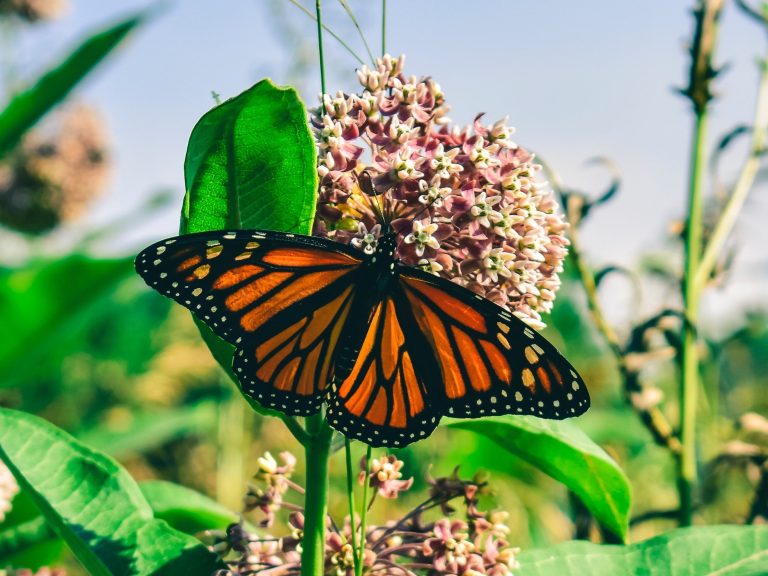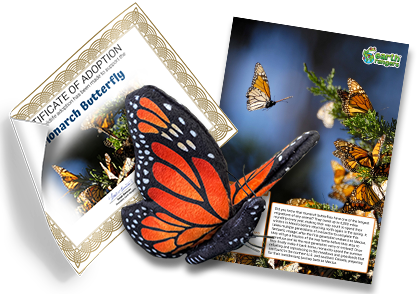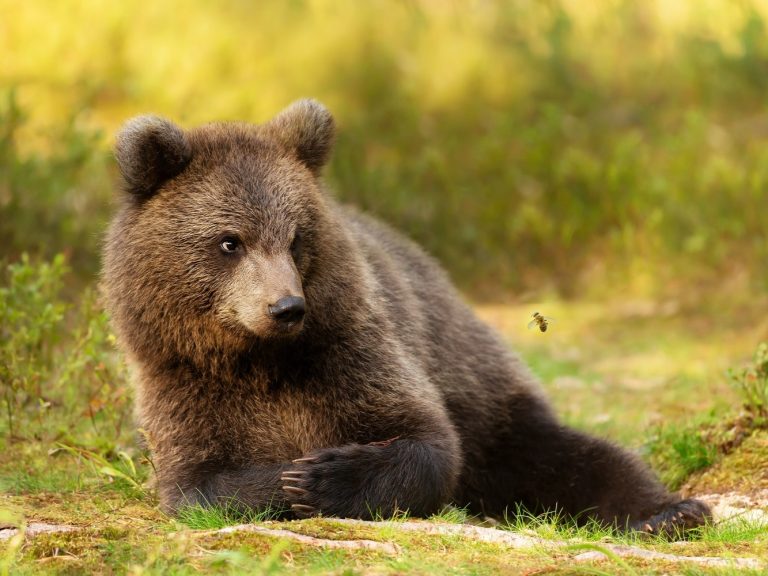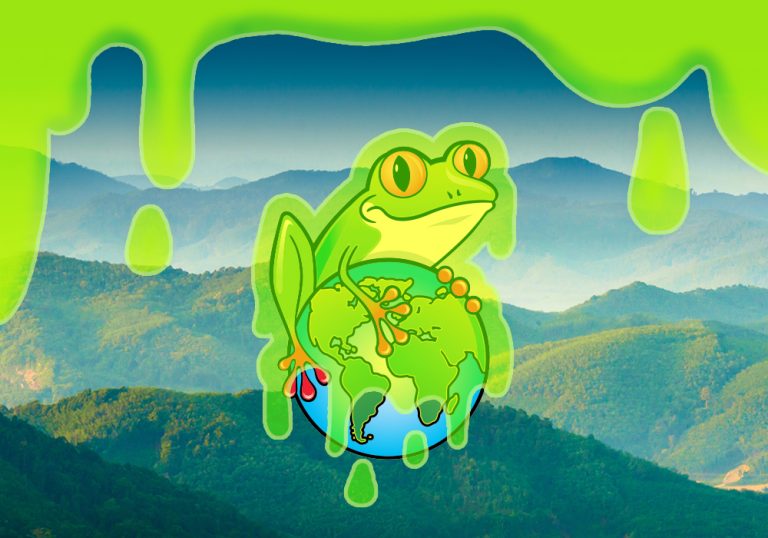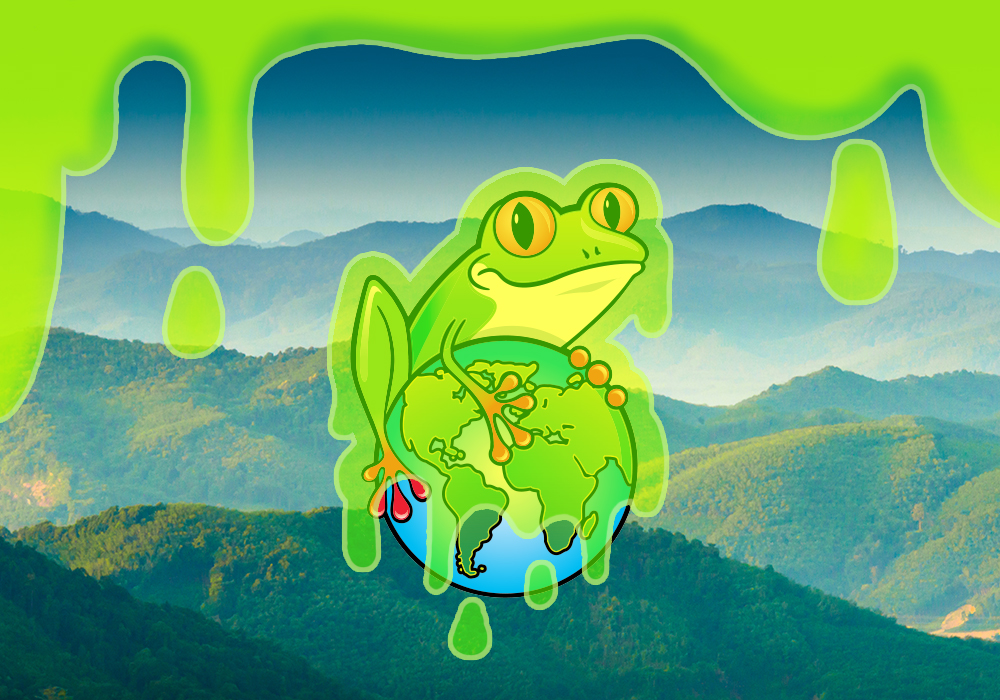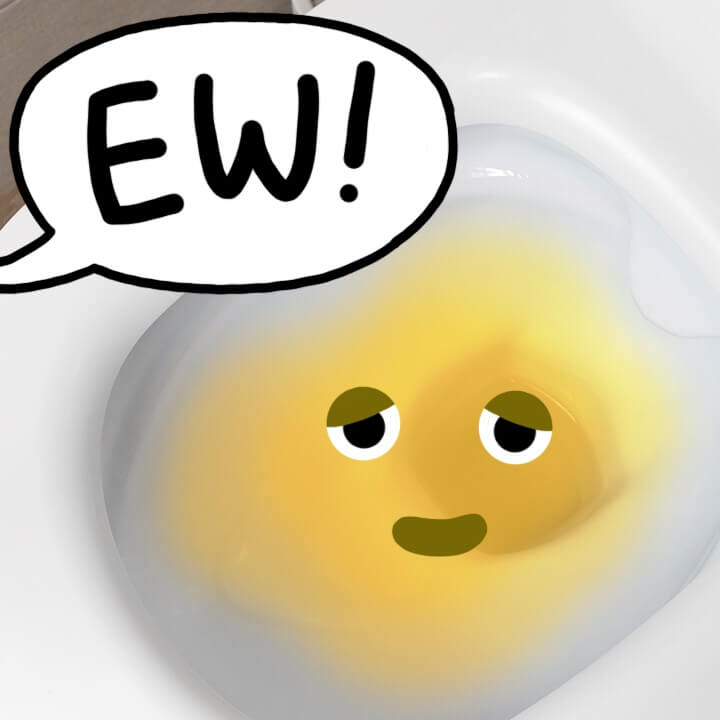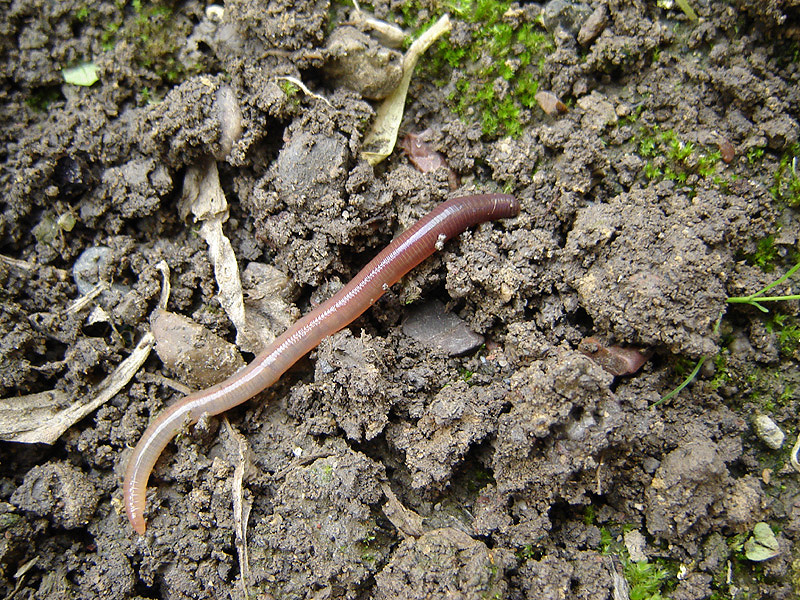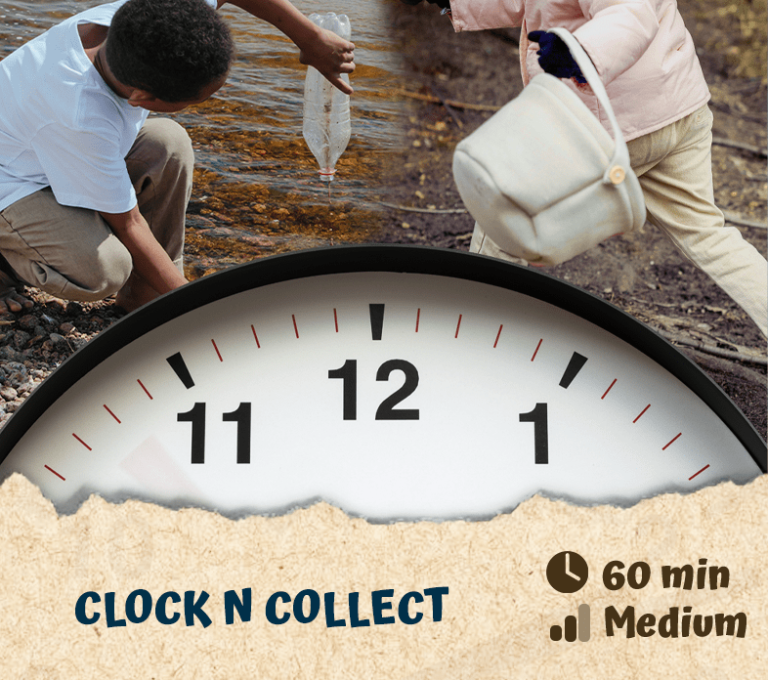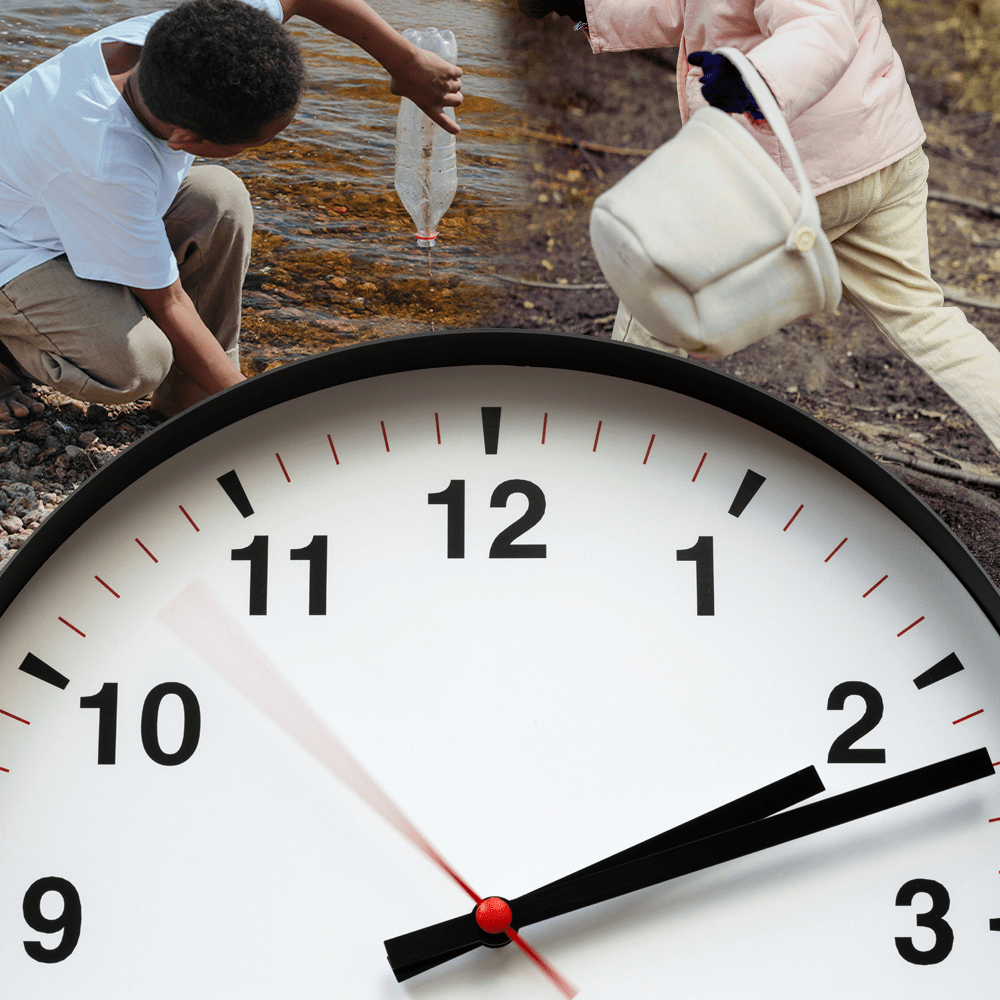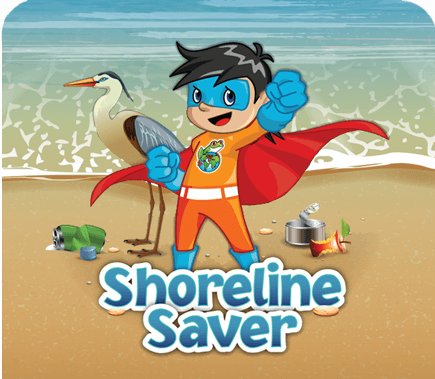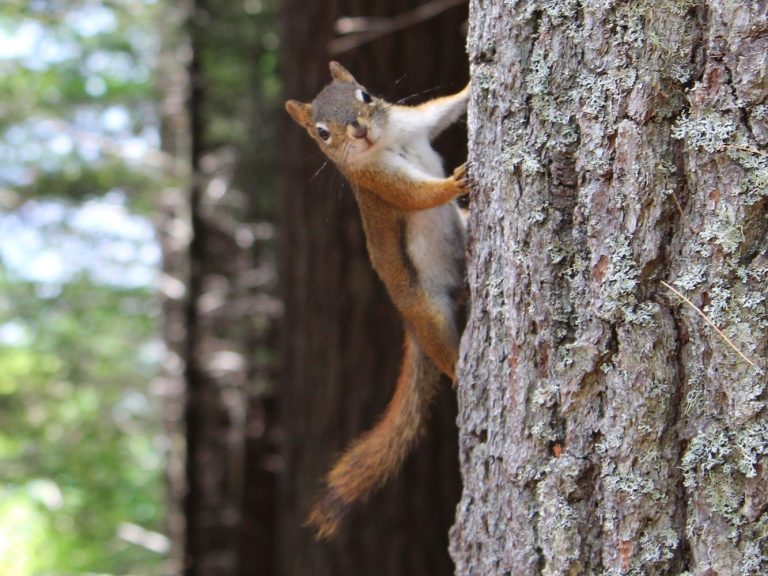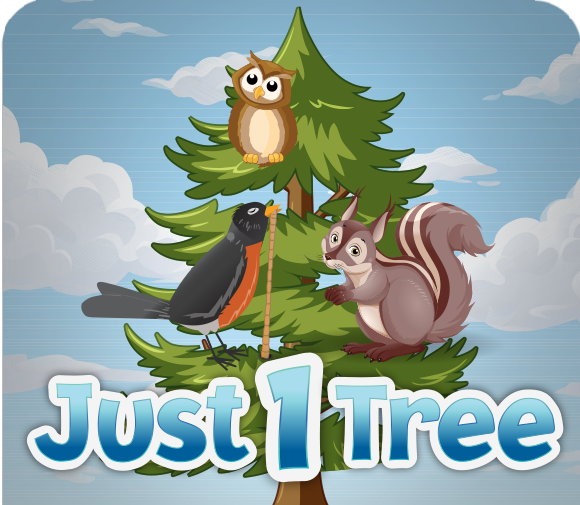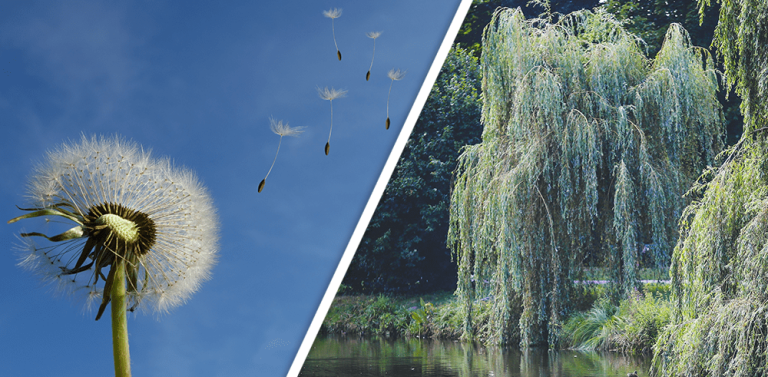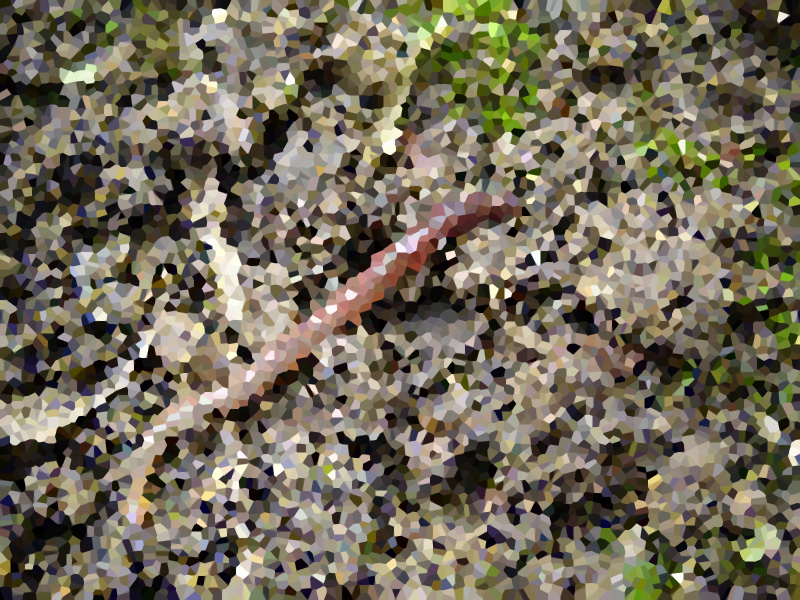Whoosh! Can you feel that breeze, Earth Rangers? Guess what? It’s bringing some news with it! Today, we’re talking about the monarch butterfly and we’re flyin’ in with an awesome project update!
What does it say? That it’s the season of colors! The monarchs have finished their spring migration, and new eggs have been laid – and we’re saying a big thanks to you for helping make their lives easier! Yes, YOU! Over 250 Earth Rangers helped the monarch butterfly through the Wildlife Adoption Program. We think that’s pretty amazing! Let’s take a look at how those adoptions are supporting Nature Saskatchewan as they work to protect the habitats important to monarch survival.
Monarch Wanted Posters!
Huh?! Do we need to call a sheriff? There are wanted posters out for the monarch butterfly!
Don’t worry! The monarchs have done nothing wrong. These posters help to spread the word about them. Did you know that they lay their eggs on milkweed species? Or that Viceroy butterflies look a lot like the monarch? The posters Nature Saskatchewan set up teach people about them, and they’re encouraging families to start reporting their beautiful butterfly sightings so they can learn more about where they live and how to protect their important habitat!
New Stewards!
Have you heard that there’s power in numbers? This is where stewards step in. Stewards are people who will be monitoring their milkweed this year (milkweed is where the butterfly babies are born, so this is super important!), and using tools like social media to help spread the word.
To help, Nature Saskatchewan has created tips for its stewards and all who participate in the milkweed program. What are they?
- Milkweed information and care
- Advice on reducing pesticides near monarch habitat
- How to encourage growth of nectaring plants
- How to avoid disturbance and encourage re-growth and butterfly re-population
- How to preserve native prairies
With butterfly season around the corner, keep an eye out on social media to see what these stewards have to share!
Important Research!
On top of all that hard work, Nature Saskatchewan has hired seven summer researchers to help them and their stewards’ work. These researchers will provide important information and tips to better care for and protect the monarch butterfly.
Some awesome work has already been done, but it’s only just started! There’s still lots to do. Adopt your very own monarch butterfly to help protect these beautiful bugs!
Head to the Adoptions Section in the Earth Rangers App or visit the Earth Rangers Shop to get your Adoption Kit and help make a difference today!
